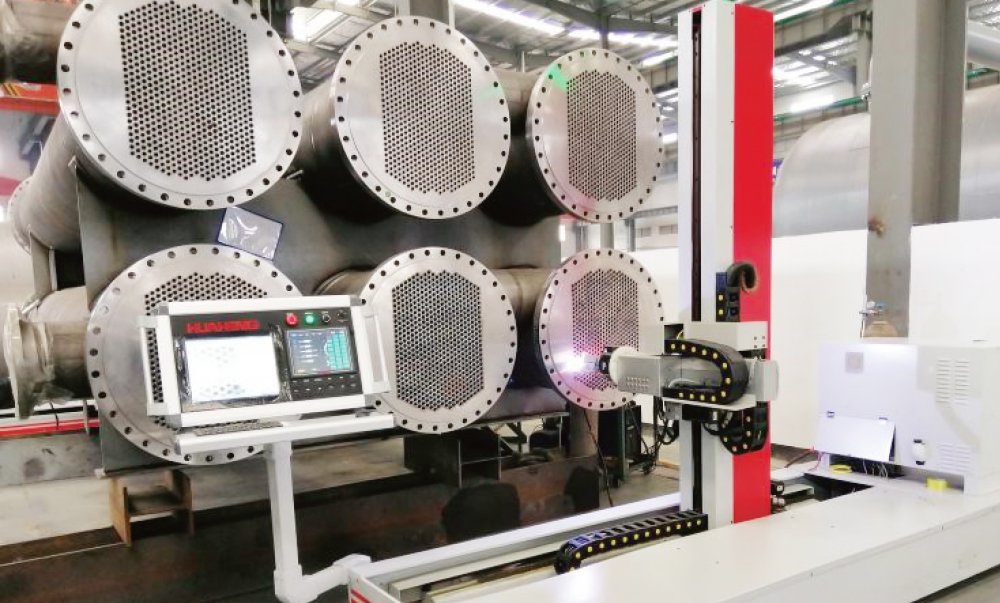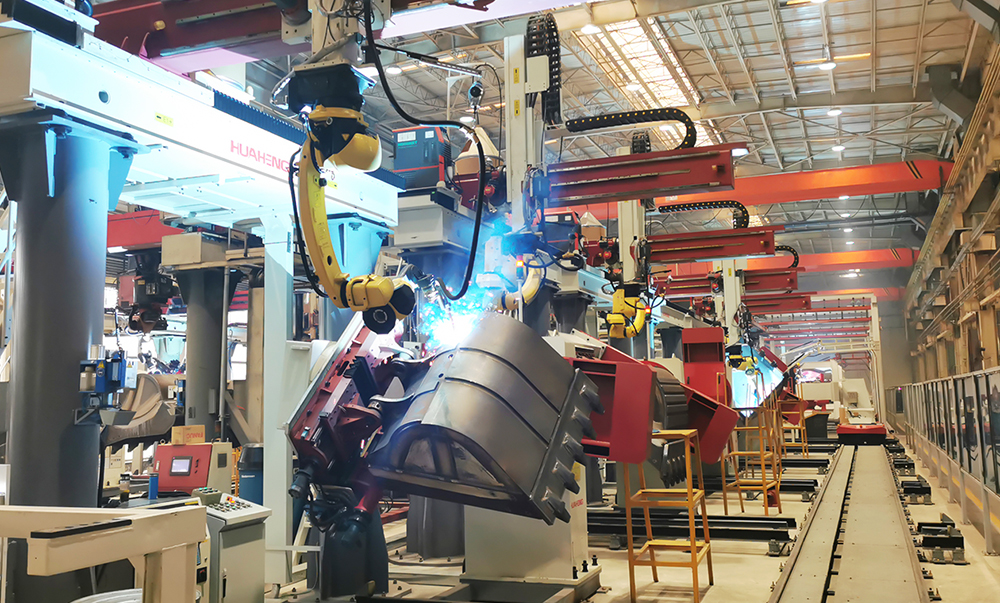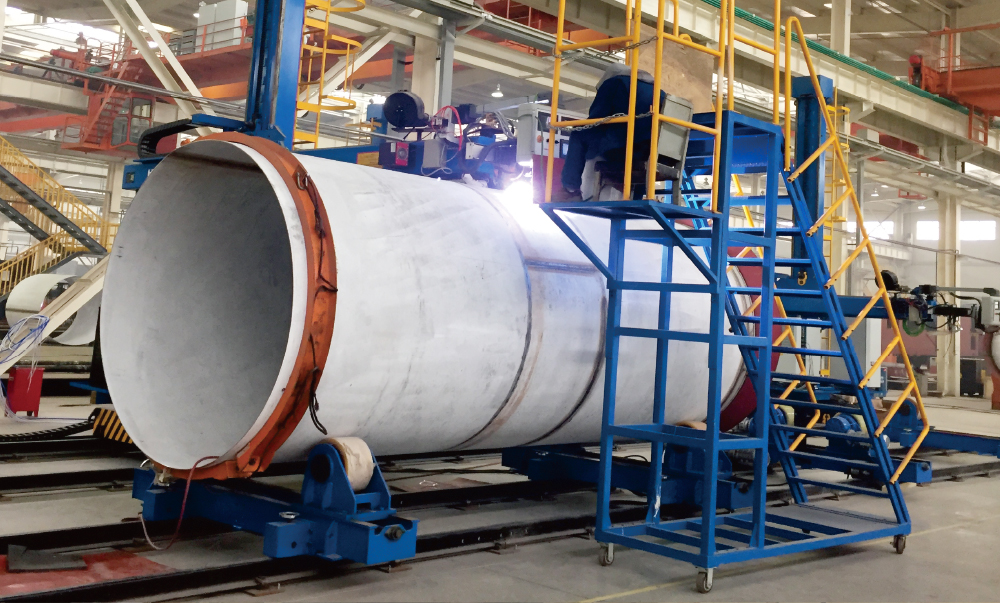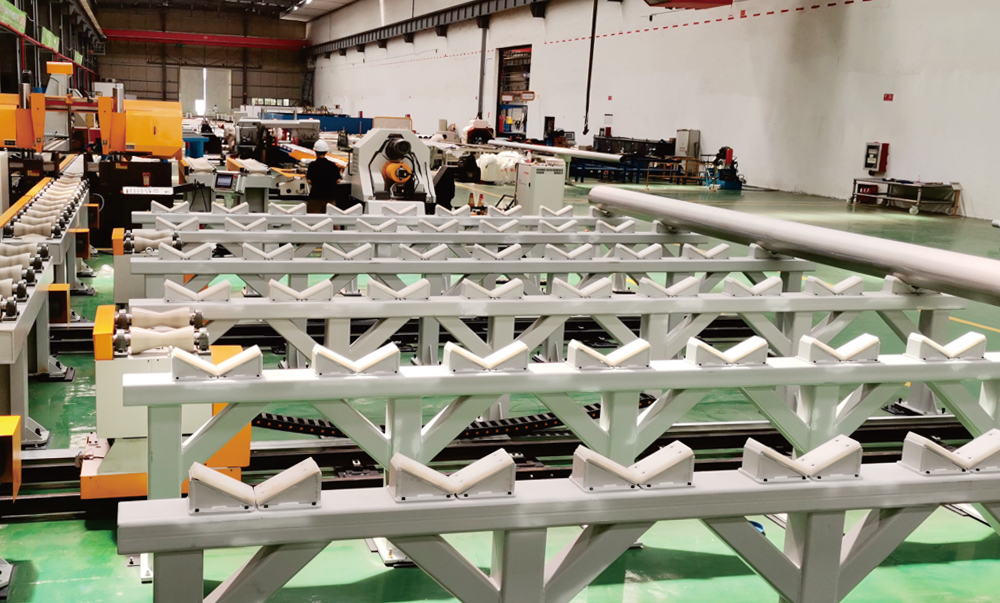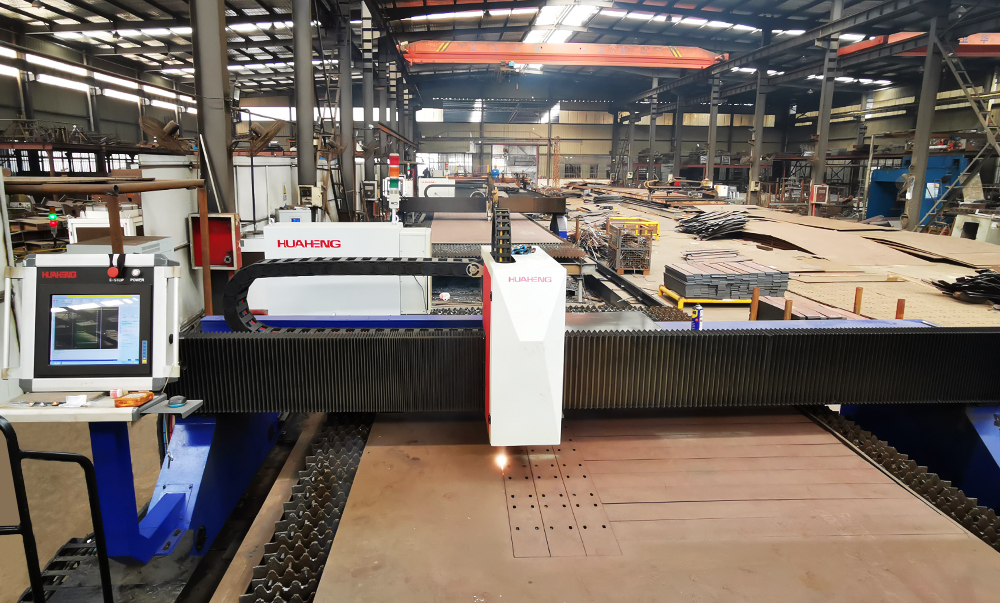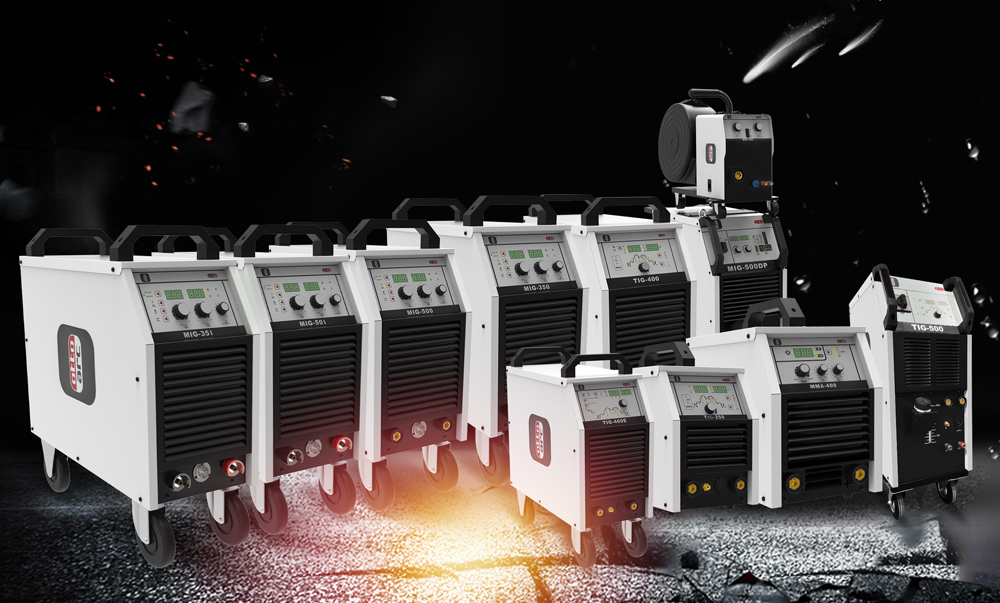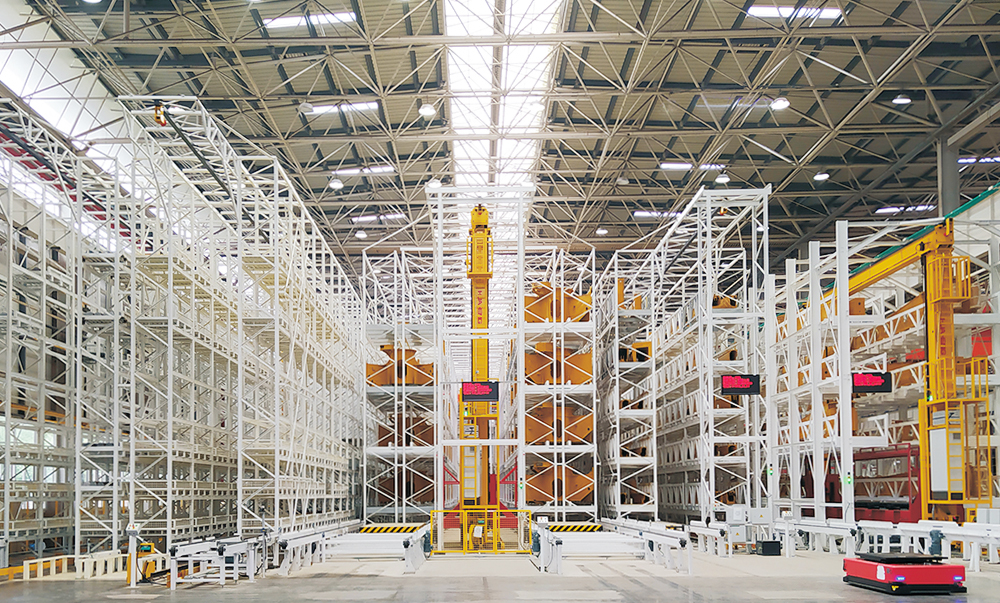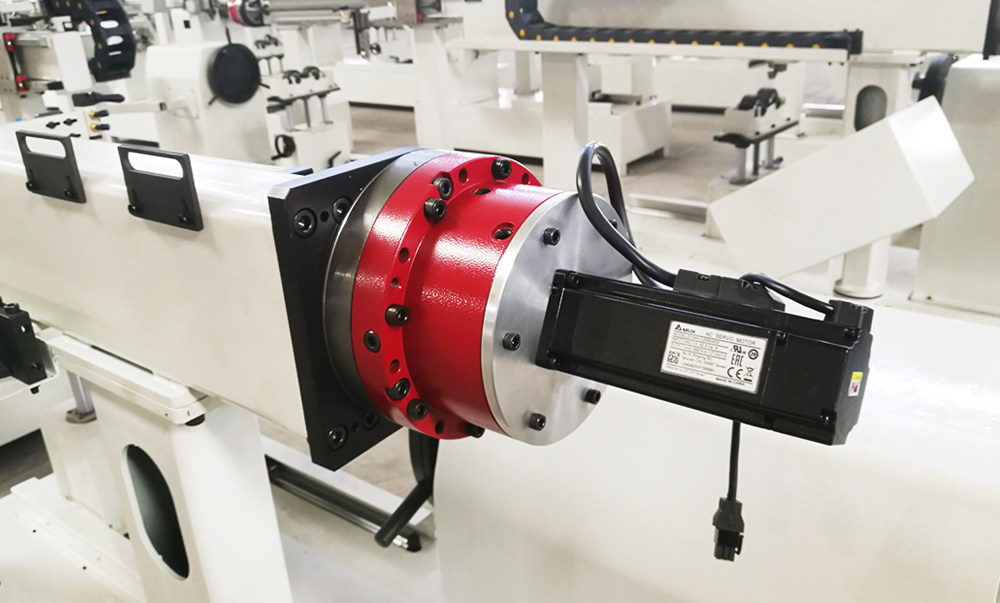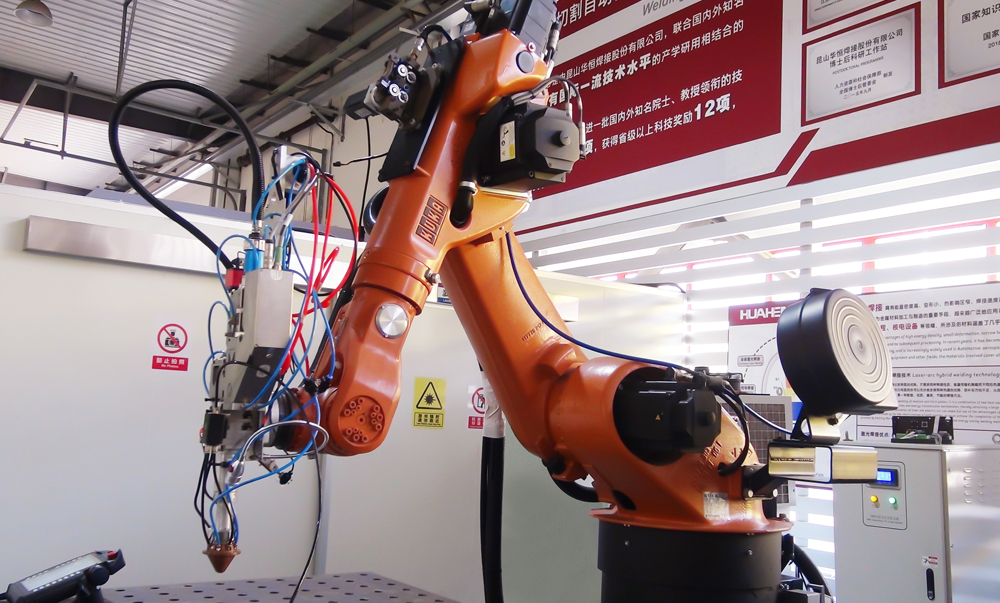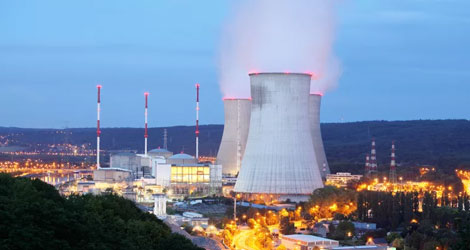Development status and trend of welding robot seam tracking technology
发布日期:2017-07-27 作者: 点击:
Development status and trend of welding robot seam tracking technology
[Time: 2010-04-15]
As a comprehensive application technology, seam tracking has the characteristics of multi-discipline integration, including electronic technology, computer, welding, structure, material, fluid, optics, electromagnetic and other disciplines. Many researchers at home and abroad have invested in this field. Conducting research, from teach-in welding robots to program-controlled welding systems to mobile automatic seam tracking technology, every advancement in welding automation has significantly increased productivity. The automation, flexibility and intelligence of welding technology are the inevitable trend of future welding technology development.
1 Development status of seam tracking sensor
Sensors are a key part of an automatic seam tracking system. Its function is to accurately detect the position and shape information of the weld and convert it into an electrical signal. Only the control system can process the signal, and control the automatic adjustment mechanism to adjust the position of the welding torch according to the detection result, so as to realize the automatic tracking of the welding seam.
Sensors for arc welding can generally be divided into three categories: direct arc type, contact type and non-contact type. According to the working principle, it can be divided into mechanical, electromechanical, electromagnetic, capacitive, jet, ultrasonic, infrared, photoelectric, laser, vision, arc, spectrum and optical fiber. The following are several common seam tracking sensors:
The contact sensor is the earliest sensor used. It is characterized by no arc interference, reliable operation and low cost. It has been widely used in production. However, due to its low tracking accuracy, large wear and easy deformation, it is not suitable for high-speed welding. It is currently being replaced by other sensing methods.
Acoustic sensors, especially ultrasonic sensors, have simple structure, high precision and low price. Ultrasonic sensor is composed of ultrasonic generating and receiving device. The measurement accuracy of the ultrasonic sensor mainly depends on the frequency of the ultrasonic wave. The higher the frequency, the smaller the error. Generally, the frequency of the ultrasonic wave is 1.25-2.5 MHz. Ultrasonic sensors are not afraid of electromagnetic, light, and smoke interference in welding, but are susceptible to noise interference and are sensitive to noise. For example, there are certain limitations in the application of welding methods such as CO2 gas shielded welding.
The working principle of the arc sensor is that during the welding process, when the relative position between the welding torch and the workpiece changes, the arc voltage and current will change, and these changes can be extracted as characteristic signals to realize the welding torch height and left and right Orientation tracking control.
The arc sensor uses the arc itself as the sensor. It has a simple structure, is convenient and flexible, and is not disturbed by arc light, magnetic field, splash, smoke, etc. It has the characteristics of fast response, high precision, and strong anti-interference. However, the swing or rotation mechanism of the welding torch is relatively complex, and the coupling between the parameters of the arc is very strong. The actual waveform obtained does not achieve the expected effect. Therefore, it is necessary to filter the obtained data and determine the control amount based on a lot of experience. Existing sensors do not recognize joint forms without symmetrical sidewalls or without sidewalls at all.
The photoelectric sensor has high precision and good reproducibility, and can realize the detection of groove shape, width and cross-section and weld seam tracking, which provides the basis for the adaptive control of welding parameters. Photoelectric sensors can be divided into single-point photoelectric sensors based on discrete photoelectric elements and visual sensors that can obtain groove image information.
The simplest photoelectric conversion device used in vision sensors is a unit photosensitive device, such as a photodiode, etc.; followed by a one-dimensional photosensitive unit line array, such as a linear array CCD (charge-coupled device); the most widely used is the two-dimensional with the most complex structure. Photosensitive unit area arrays, such as line array CCDs, are conventional photosensitive devices for two-dimensional images, representing the latest stage in the development of current sensors, so they are widely used. Among the various vision sensors for welding robots, CCD sensors have received widespread attention because of their reliable performance, small size, low price, and clear and intuitive images. According to the different working modes of the welding robot vision welding system, the vision sensors used in the welding robot vision seam tracking system can be divided into three types: structured light type, laser scanning type and direct shooting arc type. Among them, the structured light type and the laser scanning type belong to the active vision method, and the direct shooting arc type belongs to the passive vision method.
2 Development and application of intelligent control method in weld tracking
Modern intelligent control is a control method that mainly uses people's operating experience, knowledge and reasoning rules, and at the same time uses some information provided by the control system to obtain corresponding control actions to achieve the expected control purpose. In the welding seam tracking system, the development and application status are as follows:
2.1 Development and application of fuzzy control method in welding seam tracking
Fuzzy control absorbs the fuzzy characteristics of human thinking, and uses the membership functions, fuzzy relationships, fuzzy reasoning and decision-making tools in fuzzy mathematics to obtain control actions. The most prominent advantage of fuzzy control is that there is no need to establish a mathematical model of the control system, and its control decision table and control rules are presumed based on experience. According to the control rules, the fuzzy subset of the error and the error transformation rate generates the control decision table. Through the direct query of the decision table, the control actions that should be applied to the control system at each moment can be obtained, so as to achieve the purpose of real-time control. In fuzzy control, it is necessary to establish a fuzzy control rule table, which is generally obtained by summarizing actual control experience and fuzzy reasoning.
As early as 1985, D.Lakov of Bulgaria proposed to describe the uncertainty of the arc welding process with a fuzzy model. With the help of a non-contact laser sensor, it can track the welding seam according to the teaching content. The fuzzy set concept enables online evaluation, prediction and control.
Japan's S. Murakami et al developed a welding seam tracking system based on fuzzy control. The control system discriminates the horizontal and vertical displacement of the welding spot according to the relationship between the amplitude position of the welding torch and the distance between the welding wire and the workpiece, and designs a fuzzy filter according to the language rules. and fuzzy controller, the control works well.
In the system designed by Cao Liting of Beijing Union University in China, a new generation of laser weld seam sensor is used to measure the position of the weld seam, and Fuzzy-P dual-mode segmented control is used to rectify the weld seam, and good experimental results are obtained.
2.2 Development and application of artificial neural network control method in weld tracking
Artificial neural network control is based on the study of the structure and function of the human brain, through simplification, abstraction and simulation, to establish a neural network model, and then through the corresponding computer system, to achieve process control reflecting the structure and function of the human brain to deal with problems. At present, the most widely used and most intuitive basic ideas are the error propagation neural network and BP network. The characteristic of BP network is to carry out error inverse propagation, that is, according to the error signal of the difference between the expected output of the network and the actual output of the network, the output layer is processed by the output layer. The intermediate layer modifies the connection weights and the output thresholds of each unit layer by layer to the input layer. The BP algorithm then finds the minimum value of the error function, and modifies the weights in the direction of reducing the deviation through repeated training of samples until a satisfactory accuracy is achieved.
Japanese Y.Suga et al. applied neural network to weld seam tracking. In this system, vision sensor was used and neural network was used for image processing to obtain weld seam shape data. The experimental results show that this system has strong robustness. It can effectively carry out welding seam tracking.
Url: http://www.huahengweld.com/en/news/403.html
相关标签: AutomatedWeldingSystem
Next:March 8th Womens Day Spring Outing


 中文
中文
